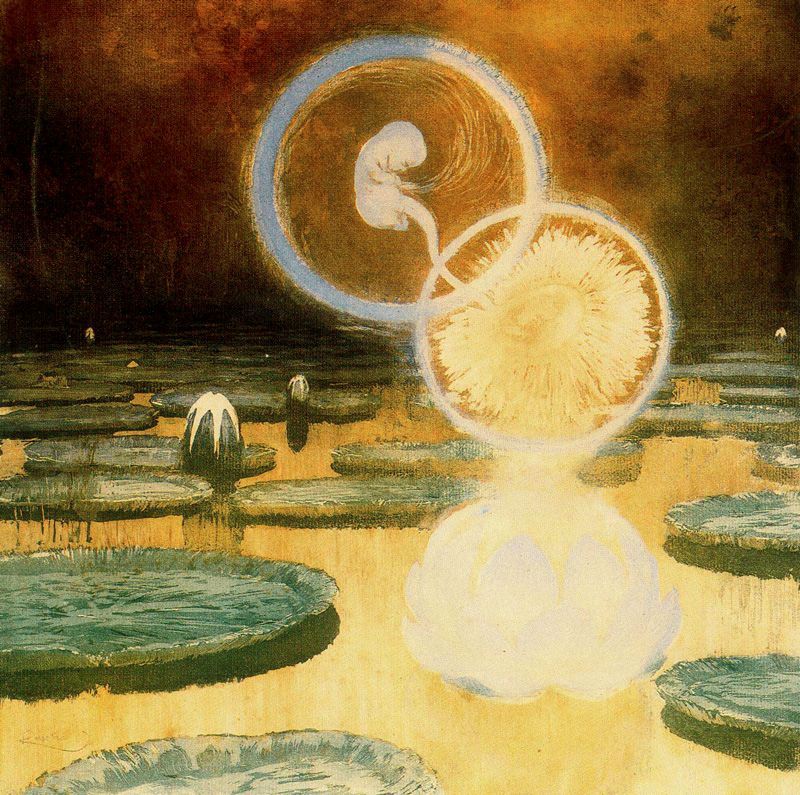Under this heading for its “must read” titles, Tarcher/Penguin in New York has listed Michael Gomes’ edition of The Secret Doctrine on their website with the words:
At last, an accessible, annotated version of The Secret Doctrine. Arguably the most famous and influential occult book ever written, Madame H.P. Blavatsky’s 1888 esoteric masterpiece, The Secret Doctrine, has now been annotated and abridged by historian Michael Gomes.

Previously only available as a two-volume set of 1400 unwieldy pages, this is the first annotated single-volume edition of the seminal Victorian guide to the occult. Theosophical scholar Michael Gomes analyses the famous stanzas on the genesis of life and the cosmos at the heart of Madame Blavatsky's ideas and provides literary historical context to illuminate her more arcane references.
Released at the end of July 2009, the book has been so successful that it was already reprinted this spring. Tarcher has followed this with an advertising campaign for print, radio and Internet to accompany it. A half-page ad appeared in the June 10th London Review of Books, and the one in the New York Times Book Review of June 6th is reproduced above. Another reprint of the book is scheduled before the end of the year. Who says Blavatsky is not of interest to the modern reader? It all depends how you present her, and Michael Gomes seems to have captured her essence.



